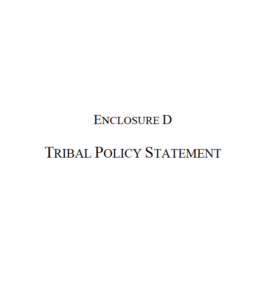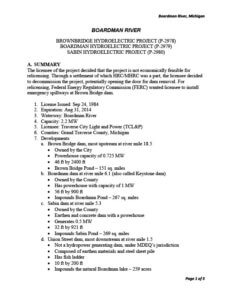The Klamath & the Snake River: Dam Removal by Example
The push to remove four dams on the Klamath River in northern California cleared another hurdle in early March when the Federal Energy Regulatory Commission (FERC) released a report that outlined the benefits dam removal would have for the river’s salmon. The federal plan, known as a draft EIS, assessed the environmental effects of a proposal to decommission the four dams which straddle the Oregon and California border and were formerly owned by Berkshire Hathaway’s PacifiCorp.
The draft EIS found that dam removal would significantly benefit the Klamath’s Chinook and Coho salmon populations, whose migrations have been blocked by the impassable dams for over 100 years. Dam removal would open up 400 miles of spawning habitat not just to salmon, but native lamprey and trout as well. The Karuk, Yurok, Hoopa Valley, Klamath, and other Indigenous tribes have lived along the river and managed its fisheries since time immemorial. They have been at the forefront of dam removal and river restoration efforts.
Dam removal on the Klamath will be the first step in restoring what has increasingly become a polluted, degraded river system. During the summer months toxic algal blooms occur in the reservoirs behind the dams and poor water quality harbors disease-causing fish parasites. The C. shasta pathogen decimated virtually all of the out-migrating juvenile salmon last spring. Natural riverine conditions are also thrown out of whack by the dams: warm fall temperatures impede spawning adult salmon and unnaturally cool temperatures in the spring challenge growing juvenile salmon. Klamath River salmon populations have all declined precipitously and are nearing extinction with each passing year, making dam removal urgent.
Dams that have outlived their useful lives, plummeting salmon populations, poor water quality, suffering salmon communities – the story on the Klamath is much the same as that on the Lower Snake. Snake River salmon and steelhead face many of the same challenges while migrating through degraded reservoirs, experiencing high rates of juvenile mortality and stress due to heat exposure as adults. While not impassable, the eight-dam hydrosystem takes its toll on salmonids, leaving the high elevation, cold-water habitat of central Idaho mostly unoccupied.
The Klamath Hydroelectric Settlement Agreement of 2016 ultimately kickstarted a dam removal process that had been sputtering off and on for several decades. The agreement was signed by federal, state and local governments, PacifiCorp, two tribal nations, and nine conservation and fishing groups. Taking down dams is a lengthy process, the FERC license for the Klamath dams expired in 2006, and dam removal is slated to occur in 2023. Rebuilding salmon populations takes time as well, occurring over generations of fish.
The Lower Snake River dams must be breached if wild salmon and steelhead are to have a future in Idaho. This process however has the opportunity to be much more than a settlement agreement. Dam breaching, coupled with investment in infrastructure, energy, and clean water would prepare the Northwest for climate change, while recovering salmon and the communities and Tribes that rely on healthy and harvestable fisheries. Members of Congress must agree on legislation that outlines such a comprehensive regional package.
Klamath dam removal is slated to be the biggest river restoration project in American history. These next few months will show if our elected officials have the leadership and desire to outline a similar path for the Lower Snake River and Idaho’s wild salmon.


